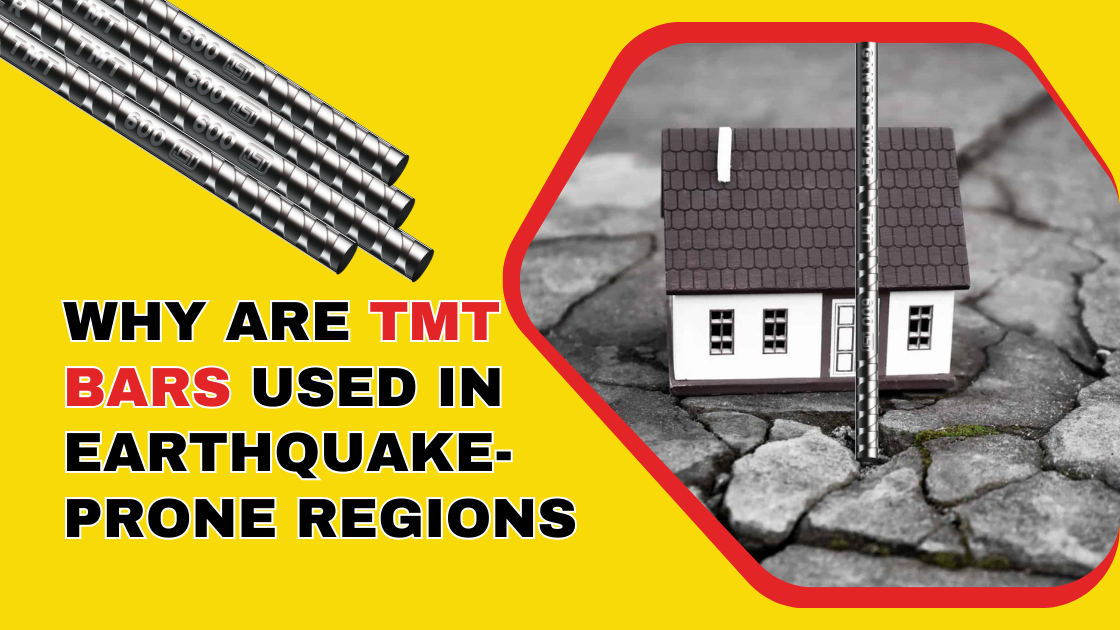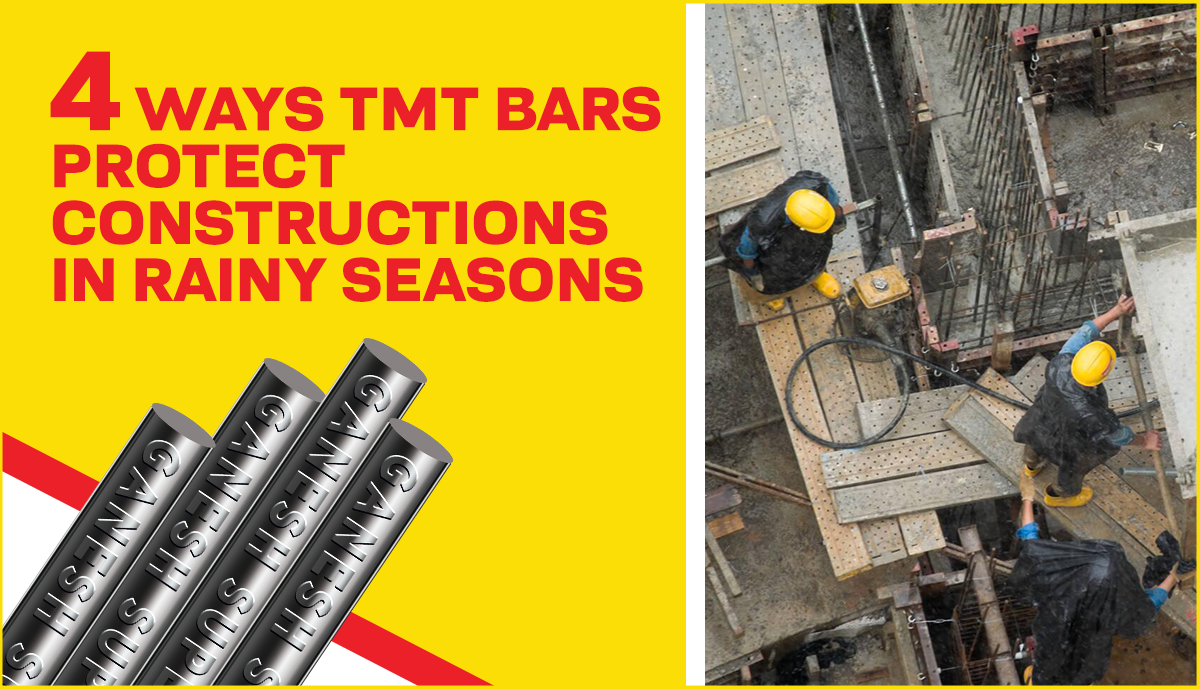In geography, people have already learned the drastic impacts of earthquakes that can result in soil liquefaction, ground shaking, avalanches, tsunamis, fires, and landslides.
The harm and destruction resulting from this type of natural calamity depends on its duration, intensity, and, most importantly, magnitude.
In short, seismic hazards associated with earthquakes in specific regions may be dangerous for individuals. Now, let’s analyse the term seismic hazard zone from a building contractor’s point of view.
A seismic zone describes the area where an earthquake happens. On the other hand, a seismic hazard zone is a region with hazards resulting from earthquakes.
In whatever ways natural disasters affect the region, there’s no denying that earthquakes are a formidable force of nature. It may have catastrophic impacts on the structures (seismic zone), surrounding infrastructure (seismic hazard zone), and lives of common people.
Earthquakes result from seismic energy that is released within the planet’s crust. Locations prone to such natural disasters must build strong structures to offer safety to the people and the surroundings. That’s where the role of TMT bars comes into being.
So, do you want to consult the top TMT bars suppliers to buy earthquake-resistant rebars? Before that, let’s first understand why TMT bars are valuable considerations for construction in areas susceptible to natural disasters like earthquakes.
TMT Bars – A Quintessential Material to Fight the Battle Against Natural Disasters like Earthquakes
TMT bars came into light in 1979 when the construction world started using Fe 415 and Fe 500 grades. Today, these rebars have become a practical and effective solution for the construction universe.
Since these bars undergo special treatment during manufacturing, they are called thermo-mechanically treated bars. These bars are high-strength reinforcement bars with a strong outside and softer inside.
The Bureau of India Standards, or BIS, has specified a few grades of TMT bars. According to the BIS, TMT bars with Fe 415 and Fe 500 grades have the right ductility and tensile strength mixture.
These grades are the top consideration for constructing buildings and structures in earthquake-prone regions. Simply put, you can use these grades to build a residential, commercial, or industrial structure in seismic-prone areas.
What’s the Science Behind Using TMT Bars in Areas Prone to Natural Disasters?
So, what makes TMT bars a practical choice for earthquake-prone regions? The thermo-mechanically treated bars comprise a flexible ferrite-pearlite core and a strong martensite external surface. During natural disasters, the soft core of these bars allows a tilting action.
On the other hand, the strong exterior helps retain the construction structure in its usual position. These bars’ ductility and elongation traits ensure they adjust to the tensile stress during the natural calamity and its aftermath.
Note that earthquakes may have damaging impacts on the lives of people residing in the area and their surroundings. These bars’ pearlite core allows for high ductility and fatigue confrontation and tolerates loading.
So, these bars allow the building to absorb vibration due to earthquakes. Due to the above reasons, TMT bars are extremely valuable for constructing structures in earthquake-prone regions. The following reasons make TMT bars a standalone consideration for earthquake-prone regions:
Micro-Alloying Raw Materials
In addition to raw materials like coke, coal, iron, dolomite, and limestone, TMT bars are built with micro-alloying raw materials, which add more strength to the rebars.
Alloying elements like titanium, niobium, and vanadium are used during manufacturing. These raw materials significantly improve their durability, strength, and performance. The following are the alloying materials used in the process:
● Boron: Improving the bars’ cooling process and making them more bendable and malleable
● Vanadium: Used with the combination of carbide compounds to improve the wear-resistant of these bars
● Niobium: Responsible for refining the grain structure and making it tougher and more weldable
● Titanium: Used for detoxifying and refining grains to offer a uniform microstructure
● Zirconium: Used in heating to control the size of the grain and improve their durability (also offers a fine-tuned structure)
● Cerium and Lanthanum: Rare-earth metals refine the grain and remove impurities
● Molybdenum: Offer strength to the bars and make them highly corrosion-resistant
Incorporating alloying elements into the TMT bar manufacturing process further improves the bars’ earthquake-resistant qualities. These materials also allow the bars to withstand further dynamic forces, making them a reliable choice in earthquake-prone regions.
Ferrite and Pearlite Microstructures
You can easily spot a softer ferrite core with a strong outer covering when considering the TMT bars’ microstructure. The reason why these bars are considered earthquake-resistant is because of their soft core. So, how exactly does this softcore improve the bars’ quality?
Truth be told, ferrite is a ductile and soft microstructural phase. While it’s similar to pure iron, the amount of carbon that can fit in the gaps is limited. Around 0.02 per cent of carbon fit into the structure at 725 degrees C. It drops to 0.006 percent carbon at a regular temperature. On the other hand, pearlite is the brittle and hard phase.
These phases are arranged in the banded structure. The ferrite phase forms the bands, while pearlite forms the regions between bands. The pearlite and ferrite phases make the bars more ductile and stronger. They improve the mechanical properties, which is why they are earthquake-resistant.
Other Qualities
TMT bars have outstanding ductility that allows for controlled deformation without sacrificing strength. Due to this property, the bars can absorb and then dissipate seismic energy. This way, they reduce the impacts of sudden vibrations and shocks, usually resulting from earthquakes.
Next comes the improved yield strength due to controlled heat treatment in manufacturing. So, the bars can maintain structure integrity under crucial seismic stress, further protecting against premature failure usually caused during dynamic loading.
Additionally, TMT bars undergo a unique process where the material strengthens via plastic deformation. This process is better known as work hardening. It improves the toughness of the bars and makes them resilient against cyclic loading that usually happens during seismic events.
A Final Note
The safety of people and the surrounding area is the prime concern for late-21st-century house or building construction. The world still remembers the devastating impact of the earthquake in India’s neighbouring country, Nepal. The destruction resulting from the natural calamity took away lives and damaged the surroundings.
Considering this example, contractors find TMT bars the best material for any type of construction, especially ones planned in earthquake-prone regions. So, if you plan to construct a building or structure in such a region, it’s time to buy these rebars at an affordable price. Get in touch with TMT Steel Bars Wholesale Dealers that deliver BIS and ISO-certified rebars at wholesale prices.





